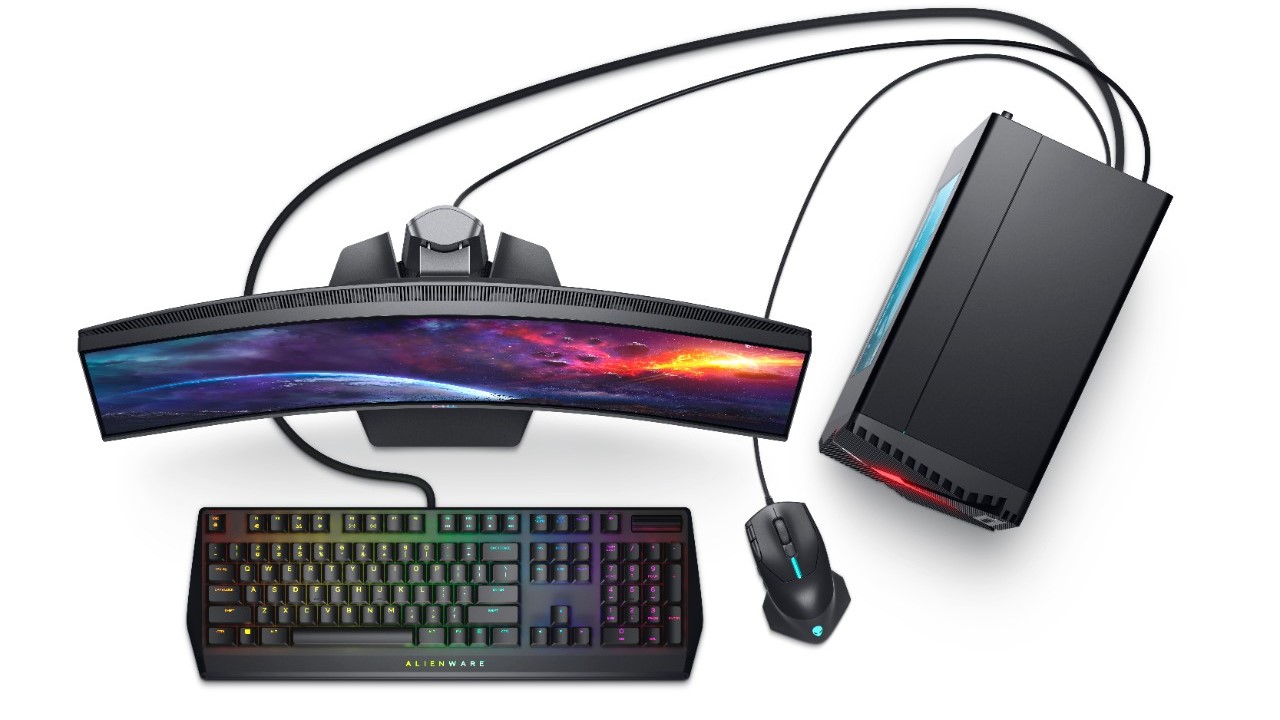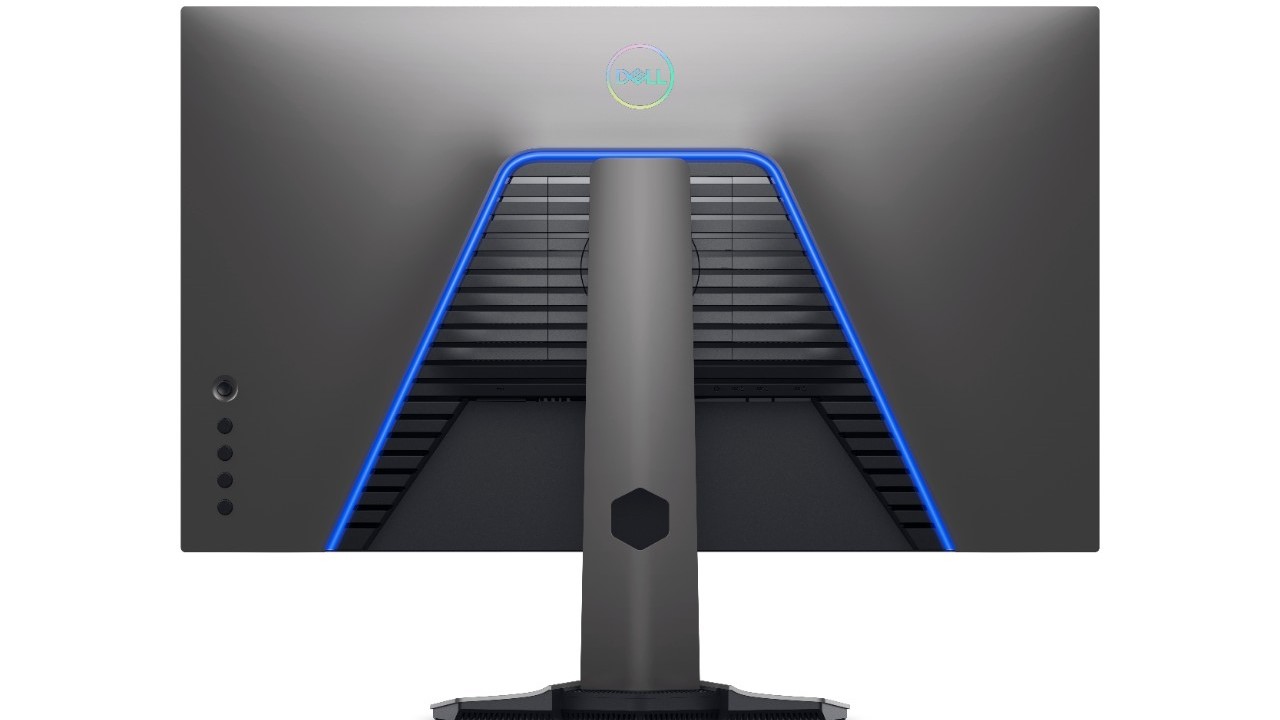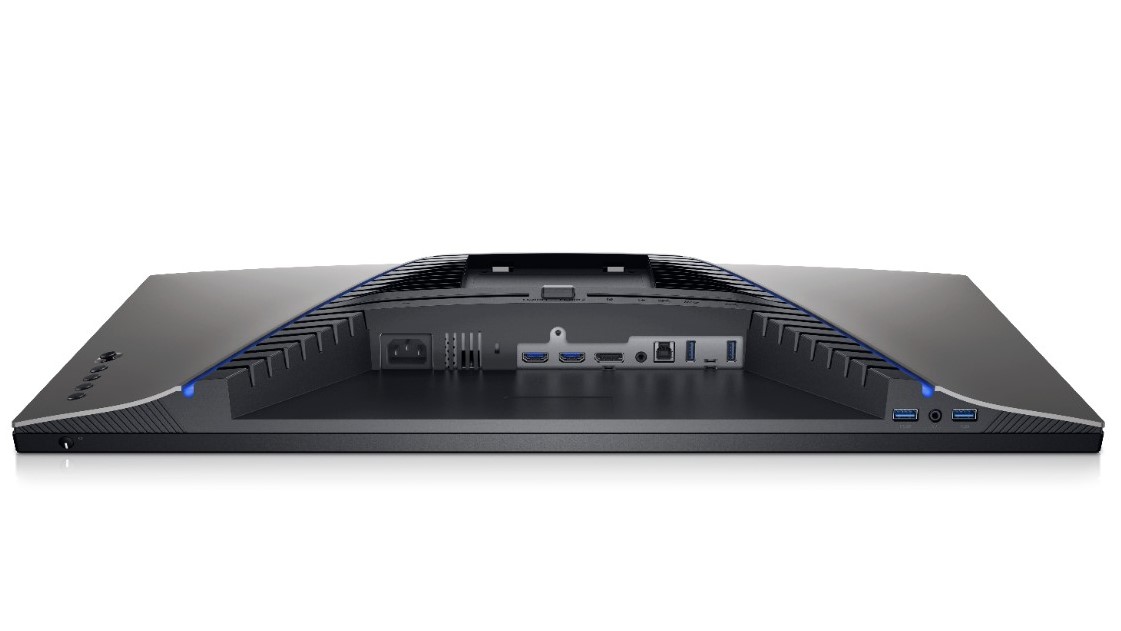Dell’s New 27-Inch Gaming Monitors Go Up to 1440p at 165 Hz, Start at $280
Take your pick: Dell’s new monitors offer 1080p at 144 Hz or 1440p at 165 Hz.
Here’s a pair of new gaming monitors for the 27-inch fans out there. The Dell S2721DGF and Dell S2721HGF, announced today, feature new design tweaks and go for $280 for 1080p at 144 Hz or $570 for 1440p at 165 Hz.
The new Dell screens offer some versatility, with the cheaper FHD version also offering a 1550R curve for greater immersion with a picture that fills the periphery. It also has a VA panel, which offers three times the contrast as the more expensive S2721DGF, which uses an IPS panel.

Ultimately, Dell is casting a wide net, hoping to catch both serious gamers seeking an ultra-sharp image at ultra-fast speed and those seeking a premium gaming display with high contrast, which we consider the biggest factor in image quality.
Dell S2721DGF and S2721HGF Specs
| Header Cell - Column 0 | Dell S2721DGF | Dell S2721HGF |
|---|---|---|
| Screen Size / Aspect Ratio | 27 inches / 16:9 | 27 inches / 16:9 |
| Max Resolution & Refresh Rate | 2560 x 1440 @ 165 Hz (with DisplayPort, 144Hz with HDMI); G-Sync Compatible, FreeSync Premium Pro | 1920 x 1080 @ 144 Hz; G-Sync Compatible, FreeSync Premium |
| Panel Type / Backlight | IPS / LED | VA / LED |
| Natiive Color Space HDR | 98% DCI-P3, VESA DisplayHDR 400 | 83% NTSC |
| Contrast Ratio | 1,000:1 | 3,000:1 |
| Response Time (GTG) | 1ms | 4ms |
| Ports | 2x HDMI 2.0, DisplayPort 1.4, USB 3.0 downstream, USB 3.0 upstream, 3.5mm headphone-out jack, 3.5mm audio line-out jack | 2x HDMI 1.4, DisplayPort; 1.2, 3.5mm headphone jack |
| Power Consumption | 46W | 46W |
| Dimensions | 14.31 x 24.1 x 2.7 inches (363.6 x 611.6 x 67.8mm) | 14.3; x 24; x 3.8 inches (364.1 x 608.4 x 96.3mm) |
| Weight | 9.9 pounds (4.5 kg) | 9 pounds (4.1kg) |
Both monitors feature narrow bezels on all sides except for the bottom bezel, which is wide enough to hold the Dell logo. The back of the displays also feature a relatively striking vent system that look like slatted blinds. According to Dell, this new design enhances heat dispersal. The pricier S2721DGF outlines these vents with RGB lighting too.

Dell also redesigned the joystick and buttons for navigating the monitors’ on-screen displays (OSDs). Both OSDs feature a timer, frames per second counter and Dark Stabilizer feature for shadow control.
Dell isn’t picking sides when it comes to Team Green or Team Red graphics cards. The new monitors are G-Sync Compatible. And the cheaper S2721HGF uses FreeSync Premium, while the pricier S2721DGF boasts FreeSync Premium Pro. Compared to standard FreeSync, FreeSync Premium and FreeSync Premium Pro promises low framerate compensation, while FreeSync Premium Pro caters to HDR support.

Speaking of HDR, we don’t expect the S2721DGF to be the best HDR monitor. With VESA DisplayHDR 400 certification, it promises a minimum max brightness of 400 nits with HDR content, but we prefer our gaming displays to feature DisplayHDR 500 certification or greater. That would cost more, but in addition to a greater minimum max brightness, it brings certification for wide color gamut support and zone-level backlight dimming. Those two features are key for making an HDR monitor look dramatically different from an SDR one.
Stay On the Cutting Edge: Get the Tom's Hardware Newsletter
Get Tom's Hardware's best news and in-depth reviews, straight to your inbox.
We won’t know if Dell’s new offerings will be able to compete with the best gaming monitors, however, until we get them in for testing. Dell says the 165 Hz S2721DGF will be available on July 28 ($570), and the 144 Hz S2721HGF ($280) arrives on August 21.
Scharon Harding has a special affinity for gaming peripherals (especially monitors), laptops and virtual reality. Previously, she covered business technology, including hardware, software, cyber security, cloud and other IT happenings, at Channelnomics, with bylines at CRN UK.
-
bit_user It had better support DisplayPort HBR3, or else you're not going to be running in HDR at 165 Hz.Reply
I wonder whose panel it's using. Maybe LG NanoIPS or something else?
